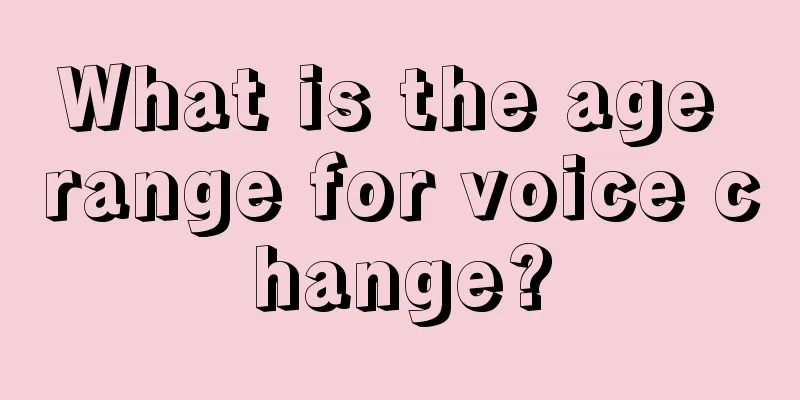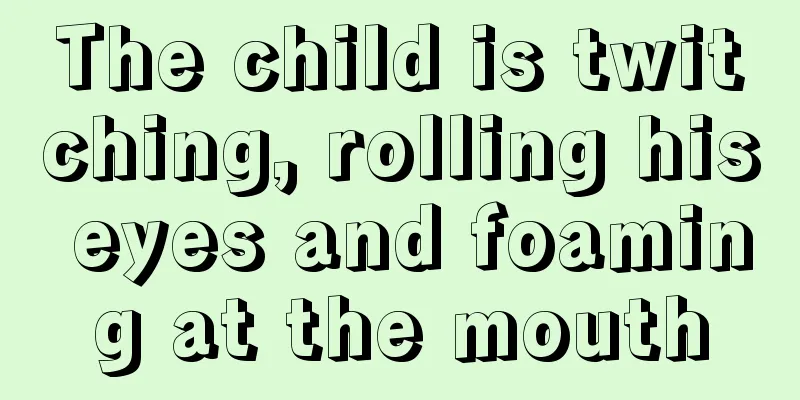What to do if a child has a bloated belly button

|
In modern society, many people are only children, so the arrival of a baby is definitely a big event for everyone, so it is natural that everyone pays attention to it. However, everyone finds that the baby likes to cry. In fact, there is nothing wrong with the baby crying, but when the baby cries, there will be a lump on the belly. The old people call it a baby's gas belly button. So what is a gas belly button and what should we do if a child has a gas belly button? Let’s talk about this aspect today. The so-called "gas belly button" is not caused by excessive "gas", but is caused by the child's intestines protruding from the belly button. The reason is that after the child is born, the umbilical cord loses its function of connecting to the mother's blood circulation and falls off on its own. The abdominal wall muscle layer around the navel is relatively weak. Some children have gaps in the abdominal wall muscles. If the intra-abdominal pressure increases, such as when the child cries, coughs, or has diarrhea, the nearby intestines will be squeezed and bulge out of the abdominal wall, forming a round bag on the surface. The harder the child cries, the higher the abdominal pressure, and the more obvious the umbilical protrusion is. This is considered to be the "air navel" that appears when the child is angry. "Air belly button" is medically called "umbilical hernia". Most cases occur in infants, but a few still exist in early childhood. Hernias are usually round with a diameter of 1 cm. If the hernia is pushed back by hand, the hernia ring can be felt under the skin at the child's navel. Umbilical hernia can heal naturally as the child grows and the abdominal wall muscles strengthen, and generally has no adverse effects. If hernia incarceration occurs (the intestine is stuck in the navel and cannot return to the abdominal cavity), there is a risk of intestinal ischemia and necrosis due to compression of the intestinal wall and poor blood circulation. Whether an umbilical hernia requires treatment should be determined based on the following: 1. Age: Although most umbilical hernias can improve with age, if a child still has an umbilical hernia after the age of 4, surgical treatment can be considered. 2. Size: If the diameter of the hernia reaches 2-3 cm, or tends to gradually increase, the possibility of natural healing is relatively small, and you should ask a doctor to decide when to treat it. 3. Emergency: When the umbilical hernia is stuck in the navel for a long time and cannot be put back by hand, and the child starts crying and feeling uncomfortable, incarceration should be considered and emergency treatment is required. The above gives a detailed introduction to what is a child's air navel and what to do if a child has an air navel. I believe that parents will be relieved after reading it. In fact, this is not a rare thing. Many babies have experienced this condition. As they grow up, it will heal on its own. If not, or if the above-mentioned conditions occur, you should go to the hospital for treatment in time. |
<<: My baby doesn't cough during the day but coughs when sleeping at night. Why?
>>: How many degrees is considered a fever in children?
Recommend
How should we treat a child with a yellow complexion?
Because the living standards are quite high now, ...
What should I do if my two-month-old baby is restless when sleeping?
Every child is the most precious treasure of his ...
What to do if your child has a throat ulcer
Ulcers can occur not only inside the human mouth,...
Little boy urinates painfully
Since children are young and often cannot express...
At what months can babies turn sideways?
As the baby grows up day by day, his every move w...
Do you know the development process of boys?
Whether it is a boy or a girl, whether the child&...
What to do if your child has a fever and wants to sleep
Every time a child has a fever, parents will feel...
Can swimming be used as exercise for babies?
Baby swimming is a recently developed parenting s...
What is the standard height and weight for a five-year-old girl?
Maybe many of our parents and friends are not ver...
What to do if your baby has rotavirus diarrhea?
The peak period for rotavirus diarrhea is from Oc...
What are the clinical manifestations and treatment methods of fetal head cysts?
As the saying goes, a baby needs to develop in th...
What are the symptoms of chronic rheumatoid arthritis?
Arthritis is a disease that can occur in children...
Why does a child’s anus become red and itchy?
The human anus is also a very hidden place. This ...
What causes goose bumps on baby's body?
Since the baby was born, his every move has alway...
Treatment methods for children with yellow face and thin muscles
Babies should pay special attention to their dail...









